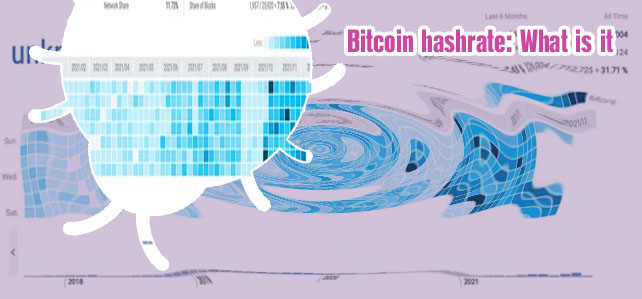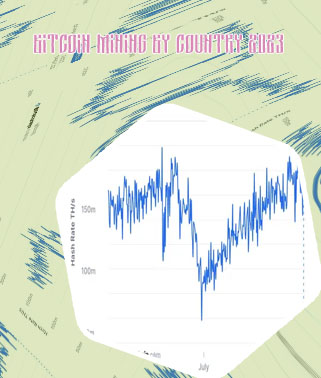Jeffrey Tucker
A New Currency for the Digital Age
Read More
 Bitdeer was a standout among the rest, exploding its realized hash rate by over 120% in the third quarter. CleanSpark and Marathon also made significant gains on this front, each increasing computational power last quarter by around 43% and 38%, respectively. Is Bitcoin mining profitable? An unmissable weekly round up of the biggest stories in emerging tech from an Asian perspective, featuring commentary from Forkast Editor-in-Chief Angie Lau. Check out recent editions.
Bitdeer was a standout among the rest, exploding its realized hash rate by over 120% in the third quarter. CleanSpark and Marathon also made significant gains on this front, each increasing computational power last quarter by around 43% and 38%, respectively. Is Bitcoin mining profitable? An unmissable weekly round up of the biggest stories in emerging tech from an Asian perspective, featuring commentary from Forkast Editor-in-Chief Angie Lau. Check out recent editions.